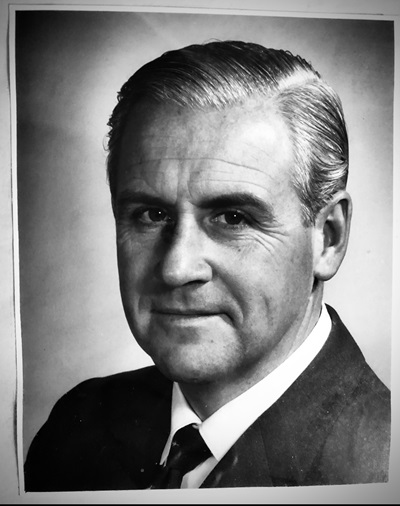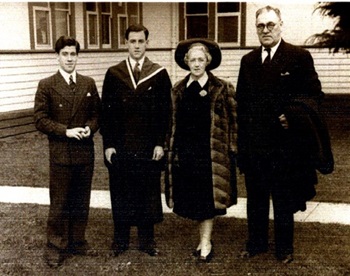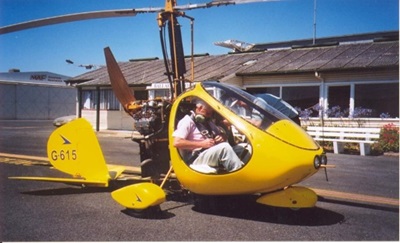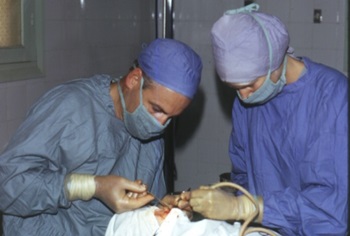2025 | Volume 26 | Issue 1

The Foundation for Surgery recently received a bequest from the estate of Dr John Armstrong Snell, a trailblazer in Plastic and Reconstructive Surgery in Australia. His outstanding career and contributions in the field of medicine have left an enduring legacy.

Born in Zanzibar to English parents, Dr. Snell moved to Melbourne in 1941 after being educated in England. He graduated in medicine in 1948 from the University of Melbourne, becoming one of its youngest graduates. By 1951, he had achieved his Fellowship of RACS, and within a year, he obtained his Fellowship of the Royal College of Surgeons in England at just 27 years old—a record achievement.
Contributions to Plastic Surgery
Dr Snell trained under leading figures in Plastic Surgery, including Sir Harold Gillies, Sir Thomas Pomfret Kilner, Dr Rainsford Mowlem, and Sir Archibald McIndoe. Their pioneering work in reconstructive techniques during the world wars shaped his early career.
In 1955, he became the first honorary plastic surgeon at The Alfred Hospital, establishing its Plastic Surgery unit. He also founded the Plastic Surgery unit at the Austin Hospital and contributed to the establishment of the Victorian Plastic Surgery Unit at Preston and Northcote Community Hospital (PANCH). His leadership helped shape the field in Melbourne and beyond.

Dr Snell trained numerous surgeons over his career, ensuring the advancement of expertise in the specialty. As an honorary surgeon with the Royal Australian Air Force (RAAF), he reached the rank of Group Captain and operated regularly at the RAAF base hospital in Laverton. He also served on the Court of Examiners for Plastic Surgery at RACS for eight years and held leadership roles, including president of the state committee.
Pioneering achievements
Dr Snell’s role in advancing microsurgery was instrumental in pushing the boundaries of reconstructive surgery. He was part of the team at The Alfred Hospital that achieved the world’s first successful reattachment of a completely avulsed scalp. In this groundbreaking procedure, a young woman’s scalp, along with part of her cheek, ear, and eyebrows, was reattached after an industrial accident. The five-hour operation was a landmark achievement in reconstructive surgery and demonstrated the potential of microsurgical techniques.

Service and leadership
In 1971, Dr. Snell served as general secretary for the Fifth International Plastic Surgery Conference, held in Melbourne. The event attracted 800 surgeons from around the world and showcased Australia’s advancements in the field. During the Vietnam War, he joined a medical team from The Alfred Hospital, serving in civilian hospitals in Saigon.
A lasting legacy
Dr Snell’s bequest to the Foundation for Surgery will contribute to the Poate scholarship, supporting Trainees in gaining advanced skills overseas. This gift underscores his lifelong commitment to education and innovation in surgery.
The Foundation for Surgery thanks the family of Dr John Armstrong Snell for their generosity and for honouring his extraordinary contributions to the surgical profession.